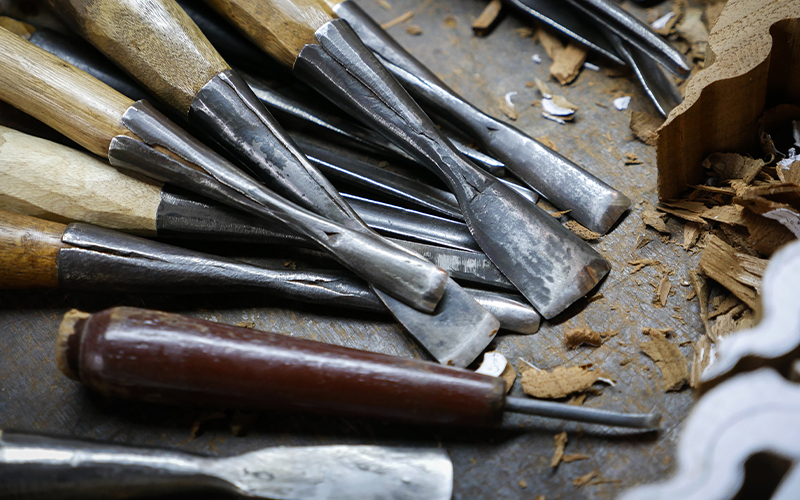START YOUR PROJECT

Mastering the Art of Woodworking: Essential Safety Practices for a Risk-Free Workshop
Woodworking is an immensely rewarding and creative craft that allows individuals to bring their ideas to life through the transformation of wood. Whether you’re a professional carpenter or a passionate hobbyist, prioritizing safety in every woodworking project is of utmost importance. By implementing proper safety practices, you can ensure a risk-free workshop environment and protect yourself from potential accidents. In this blog post, we will explore some essential safety guidelines that will help you master the art of woodworking while keeping yourself and others safe.
The Importance of Woodworking Safety
When working in a woodworking workshop, it’s essential to recognize the potential hazards that may exist. These can include sharp tools, high-speed machinery, and airborne particles. Neglecting safety practices can lead to serious consequences such as injuries, loss of limbs, or even life-threatening accidents. Therefore, understanding the significance of safety gear and equipment is crucial in safeguarding yourself from harm.
Essential Woodworking Safety Practices
Protective Gear and Equipment:
To protect yourself from potential hazards, it’s vital to wear appropriate safety gear. Safety glasses shield your eyes from flying debris, while ear protection guards against loud machinery noise. Additionally, wearing dust masks helps filter out harmful particles that may be present in the workshop. Choosing the right gloves and wearing suitable clothing for woodworking tasks further enhances your safety, as does using respiratory protection when working in areas with high levels of dust and fumes.
Tool and Equipment Safety:
Proper handling and maintenance of hand tools, power tools, and machinery are essential to prevent accidents. Regularly inspect your tools, ensuring they are in good working condition and free from defects. Familiarize yourself with the correct usage of each tool, and never use tools in ways they were not intended for. Avoid modifying tools or improvising unless explicitly instructed by professionals or manufacturer guidelines.
Workshop Organization and Layout:
Maintaining a well-organized workshop is critical for a safe woodworking environment. Clear pathways and designated work areas prevent accidents and ensure smooth operations. Proper storage and handling of flammable materials and chemicals reduce the risk of fires or explosions. Additionally, implementing safety protocols for handling sharp objects and keeping the workspace free from clutter helps prevent tripping hazards and potential injuries.
Material Handling and Workpiece Stability:
Safely transporting and lifting heavy wood and equipment is crucial in preventing strains and accidents. Always lift with your legs and seek assistance if needed. When working on projects, secure the workpieces properly using clamps or vices to prevent movement during cutting or shaping. Maintaining focus and avoiding distractions is also essential when handling machinery or using sharp tools.
Safety Tips for Specific Woodworking Tasks
Cutting and Shaping Wood:
When cutting wood, employ proper techniques for using hand saws, circular saws, and routers. Always ensure the wood is securely held in place during cutting operations to prevent accidents. Be aware of potential kickback and maintain control over the tools to avoid injuries.
Working with Power Tools:
Operating power tools requires special attention to safety. Table saws, band saws, and miter saws demand proper handling and adherence to safety guidelines. Utilize push sticks, featherboards, and other safety accessories to maintain control and prevent accidents. Similarly, when using drill presses, sanders, and planers, establish good habits and follow safety protocols.
Finishing and Assembly:
Safety considerations extend to finishing and assembly processes as well. Handle finishes, adhesives, and solvents with care, following recommended guidelines for use. Ensure proper ventilation when working with stains, paints, and varnishes to minimize inhalation of harmful fumes. During assembly, secure wood joints firmly and use clamps to hold pieces together during glue-ups.
Mastering the art of woodworking requires not only skill and creativity but also an unwavering commitment to safety. By following these essential safety practices, you can create a secure environment in your workshop and minimize the risk of accidents or injuries. Always prioritize safety in every woodworking project, and enjoy the fulfillment that comes with creating beautiful pieces of art from wood. Happy and safe woodworking!
